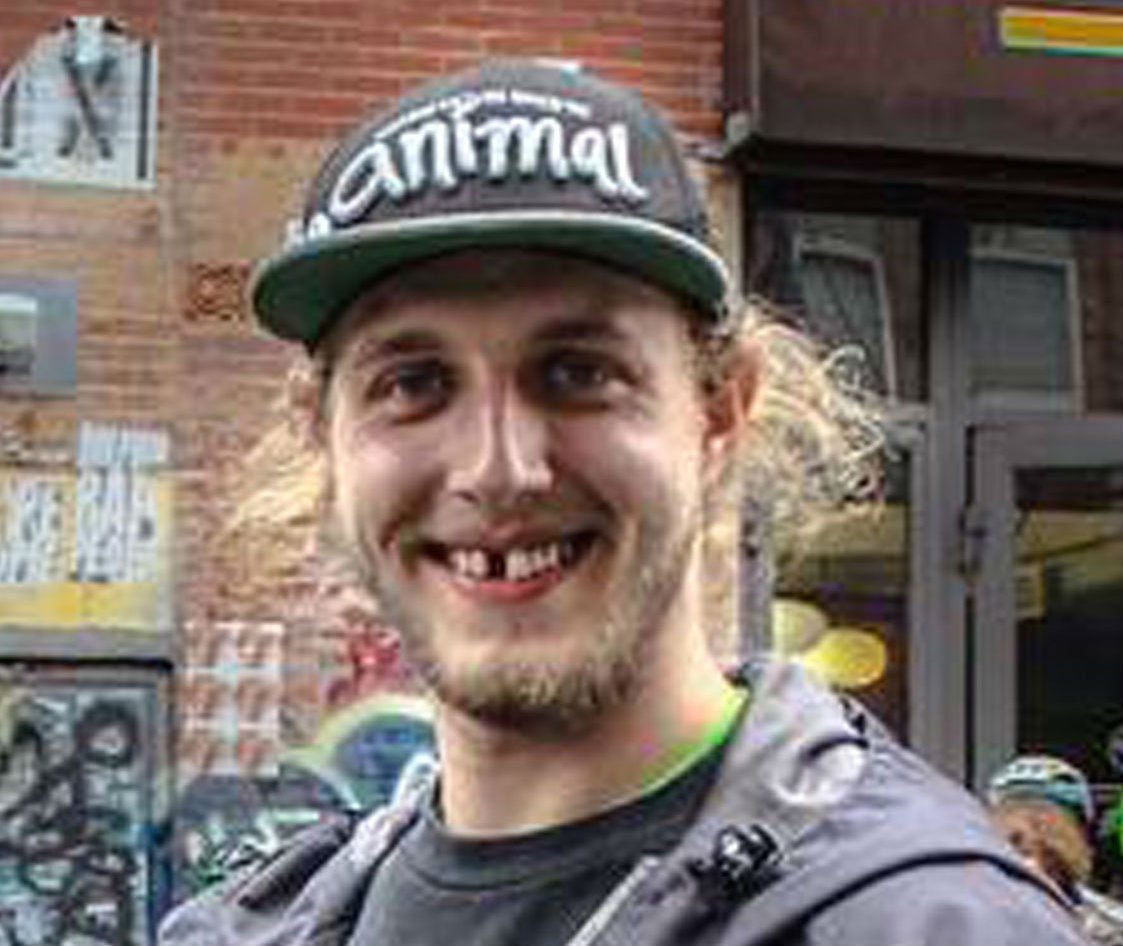Disfigured firefighter gets most extensive face transplant ever

Your support helps us to tell the story
From reproductive rights to climate change to Big Tech, The Independent is on the ground when the story is developing. Whether it's investigating the financials of Elon Musk's pro-Trump PAC or producing our latest documentary, 'The A Word', which shines a light on the American women fighting for reproductive rights, we know how important it is to parse out the facts from the messaging.
At such a critical moment in US history, we need reporters on the ground. Your donation allows us to keep sending journalists to speak to both sides of the story.
The Independent is trusted by Americans across the entire political spectrum. And unlike many other quality news outlets, we choose not to lock Americans out of our reporting and analysis with paywalls. We believe quality journalism should be available to everyone, paid for by those who can afford it.
Your support makes all the difference.Surgeons in New York have revealed that they have successfully completed the most extensive face transplant in history - rebuilding the features of a volunteer fireman from Mississippi who was grievously disfigured in a 2001 blaze, using tissue from a donor killed in a cycling accident.
In groundbreaking surgery that began on 14 August this year and was completed 26 hours later at the NYU Medical Centre in Manhattan, surgeons rebuilt almost all the face of 41-year old Patrick Hardison. It was the first time such a procedure has been used to benefit an emergency rescue volunteer.
The hospital said the extraordinary operation, where the deceased donor and Mr Hardison were in adjacent operating rooms to ensure the swiftest possible transfer of tissues and cartilage, had achieved several milestones, including the transplanting from one to the other of ears and ear canals.

“I hope they see in me the goodness of their decision,” Mr Hardison said of his donor and his family. "I am very excited to share my story to help others, especially fellow firefighters and members of the armed services who have been injured in the line of duty. Now I look forward to returning home to my own family and loved ones.”
The operation additionally involved the transplantation of bony structures from the donor, including portions of the chin, cheeks and entire nose. It also required the use of metal plates and screws to set the necessary facial contours. A particular challenge was transplanting eyelids and blinking ability.
“I am particularly encouraged with the success we have achieved in transplanting David’s eyelids and blinking mechanisms to Patrick. This is a major milestone – one that could lead to preserving vision in future patients,” the leader of the surgical team, Dr Eduardo Rodriguez, commented.

The donor was identified as David Rodebaugh, a 26-year-old Brooklyn artist and cycling enthusiast who was killed on his bike.
“No parent should ever go through the pain of losing a child,” Nancy Miller, his mother, said. “But we felt that perhaps something good could come from something so tragic. That’s why we decided to honor David’s decision to donate his organs – so that others like Patrick Hardison can live on in his memory and benefit from his generosity.”
Trapped by a collapsing roof in the fire he was attending to, Mr Hardison lost most of his nose, his ears and also all his scalp. The complex procedure at the NYU Langone in Manhattan, which ultimately involved a team of 100 doctors, also meant transferring the scalp with its hair to the patient.
Join our commenting forum
Join thought-provoking conversations, follow other Independent readers and see their replies
Comments